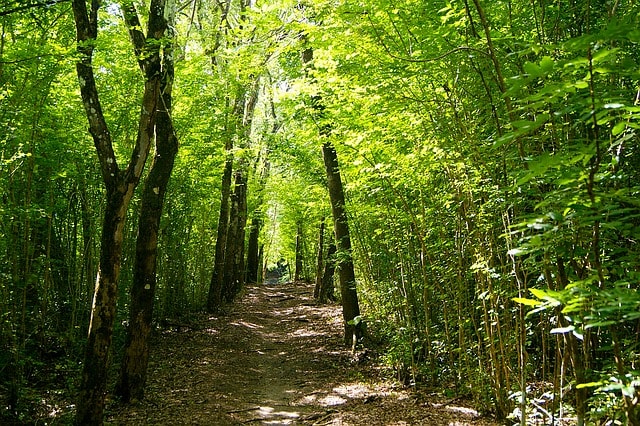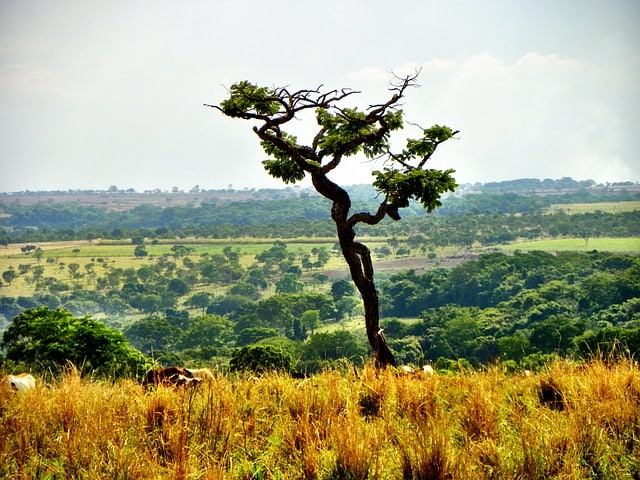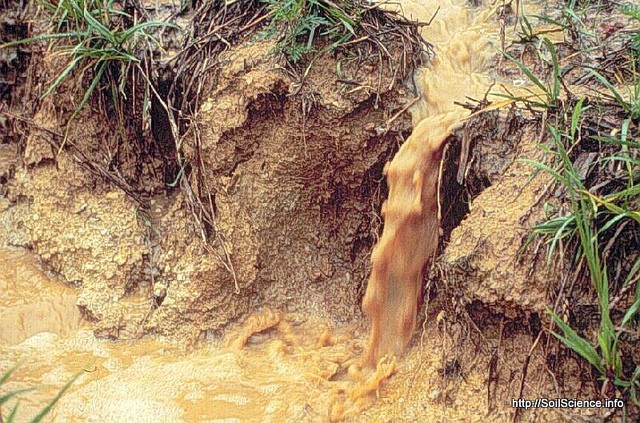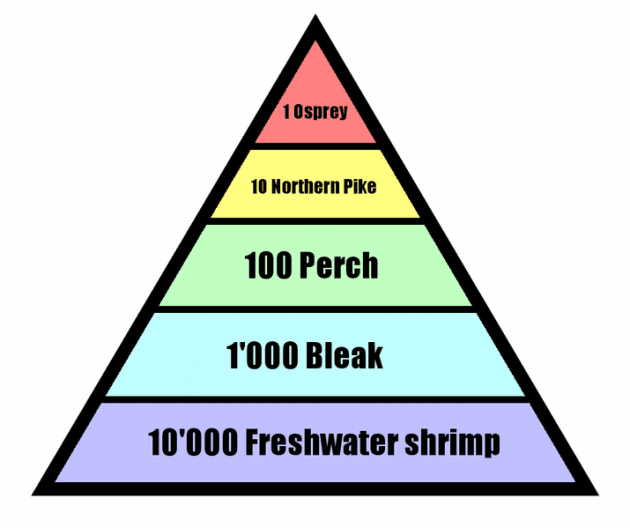What are Rainforests, Importance of Rainforests and Reasons For Their Loss and Destruction
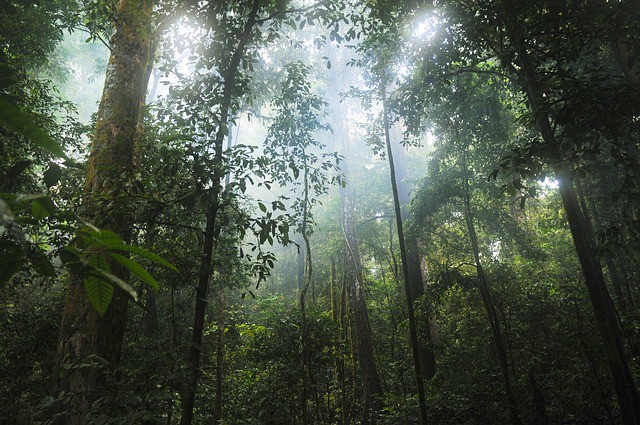
Rainforests are the forests characterized with tall trees, relatively warm climates and a great degree of rain on an annual basis. Most rainforests have an annual rainfall in the ranges of 250 to 450 centimeters (98 to 177 inches). In ecological explanation, rainforests are defined as “multi-storied closed, broad leaved forest vegetation with a continuous tree canopy of variable height and with characteristic diversity of species and life forms”.
Rainforest are primarily grouped into two categories namely the temperate rainforest and the tropical rainforests. The vital climatic conditions for the tropical rainforests are highly determined by the monsoon trough, which is also termed as the intertropical convergence zone. The uniqueness of rainforests is that they have a surprisingly great diversity of flora and fauna. Rainforests are thus referred to as the “precious stones” of life because they are home to many species and very important for the survival of human beings.
“Destroying rain forest for economic gain…is like burning a Renaissance painting to cook a meal.”
~ E. O. Wilson
Importance of the Rainforests
- Biodiversity
Rainforests hosts a vast number of animal and plant species as this is one of their major uniqueness. Most rainforest have over 60 million years of plant and animal species evolution that has brought about a huge variety of complex ecosystems and biodiversity. Several plant and animal species survival are dependent on the climatic conditions and suitable environments created by the nature of the rainforests.
Approximately 40% to 70% of all living species originate from the rainforests. According to ecologists, there are millions of diverse plant species, insects and microorganisms that haven’t been discovered yet in the tropical rainforests. Ecologists and environmentalists estimate that the loss of at least tens of species per day is due to the destruction of the rainforests.
- Climate Regulators/Stabilizers
Rainforests are linked to the global and regional climate regulation as they act as heat and water pumps. The forests simply store water and release it in the environment when the temperatures are high by drawing water from beneath the earth surface and transpiring it into the atmosphere to form clouds. The clouds then return to the ground as precipitation thereby cooling and stabilizing the environmental temperatures.
For this reason, rainforests are chief determinants of the water cycle. This is the reason clearing of rainforests seriously disrupts the water cycle and increases the chances of drought occurrence as well as the eventual formation of deserts. In West Africa for instance, the droughts in the south of the Sahara Desert is associated with the destruction of rainforests.
Tropical rainforests also regulate temperature increases linked to greenhouse gases (the green house effect – carbon dioxide in particular) and global warming. Essentially, they are termed as the “lungs of the planet earth” because they store carbon which is absorbed by plants during the photosynthesis process.
- Prevent Flooding, Soil Erosion and Siltation
Rainforests are surprisingly preventers of the soil erosion, siltation and flooding. The tree roots bind the soil together while the canopy of the forests protects the soil from the direct impact of heavy rains. When the trees die and whenever the tree branches, stems and leaves drop on the forest floor, they decay and release the nutrients in the soil thus recycling nutrients and improving the fertility of the soils. This helps the soil and generally protects it from erosion and flooding.
When rainforest act as giant water reservoirs, they also help to moderate the flow of streams and rivers thereby preventing flooding and siltation. In most cases, the clearing of forests leaves the soil bare coupled with a direct impact of heavy rain on the soil which results in flooding, serious soil erosion, and siltation. The flooding in various parts of Philippines, Bangladesh, and Thailand is regarded as due to forest clearance in the respective regions.
- Rainforests and Pharmacy
Rainforests are fundamental source of medicines. Presently, not even more than 1% of the worlds rainforests have been explored and tested for their pharmaceutical or medicinal components, yet more than 25% of all our modern medicines come from the rainforests. So, it means amazing results can be obtained from the yet to be explored rainforests. For instance, treatments to leukemia, anti-malarial drugs, high blood pressure, anti-inflammatory drugs, mental illness and much more have all been derived from the rainforests.
- Source of Food Diversity and Industrial Products
The majority of the foods consumed by humans namely spices, nuts, bananas, coffee, rice, cocoa and industrial raw materials such as fibres, resins, dyes and rubber all originated from the tropical rainforests. The numbers of edible foods naturally occurring in rainforest are approximated to be more than 75,000. As a result, research can be undertaken to investigate the genes of wild plants which can help stabilize the biggest nightmare of pests and diseases in modern agriculture so as to fortify mechanisms for dealing with this vulnerability.
- Provide Home for the Indigenous People
Tens of thousands of indigenous people have lived in harmony with the rainforests for centuries, depending on it for their medicines, food, and shelter. This means the rainforests offer desirable home for the indigenous people. The destruction of these forests owed to logging and mining merely threatens the survival of the indigenous people as it may force them to move deeper into the forest, away from their familiar grounds which predisposes them to danger.
Reasons for Loss and Destruction of Rainforests
- Slash and Burn for Cattle Ranching
Numerous rainforests across the world have been cleared and burnt down to create room for cattle ranching. The case is particularly of high concern in South and Central America where the rainforests are cleared to create space for ranching cattle to supply low-cost beef to Russia, North America, and China. Reports estimate that for every pound of beef produced in these respective areas, 200 square feet of rainforest is damaged.
This practice is termed as slash and burn farming which is linked with the destruction of up to 50% of rainforests. Without the rainforests, the soil is exposed and the grass dries within a few years eventually contributing to desertification. The farmers then move on with the slash and burn technique to acquire more cattle ranching space that persistently destroys more and more rainforests. Indigenous Indians have also for thousands of years cleared forests through the slash and burn method on a small scale to rear their livestock. In the long haul, it results in the destruction of rainforests.
- Logging
Logging activities undertake to provide the world’s wood, paper products, timber, and fuel is the second largest cause of rainforest destruction. Timber companies drop big trees such as teak and mahogany and sell them for furniture making. The small trees are used to make charcoal which is used as fuel for cooking and heating.
Since the best and valuable trees are the ones mostly selected for timber (selective logging), rainforests are destroyed at an astonishing rate. The roads are built to enable heavy machinery and trucks to access the most remote areas in the forest further leads to environmental degradation and destruction of rainforest. Taking away trees from the rainforests also amplifies soil erosion.
- Mining
Mining contributes to the destruction of rainforest in the process of extracting the highly demanded precious materials such as oil, aluminum, gold, copper, and diamond which are frequently found on the grounds beneath the rainforest. During extraction, hazardous chemicals namely mercury is at times used to separate gold from the debris and soil with which it is mixed. The chemicals may sooner or later find way into streams, rivers or other water systems thus affecting the rainforests biodiversity as well as ecosystems.
- Oil Mining
Rainforest are extensively impacted by oil industries persistently exploring new oil deposits. The incredible destructive effects are largely realized when roads are built through the uninterrupted rainforest so as to extract oil and put up oil pipelines. On one occasion that the pipelines are erected, they may spout high volumes of oil into the forest thereby destroying the natural ecosystems and biodiversity by contaminating water ways and the forest system.
The construction of pipelines and roads into the untouched areas of the forest also encourages the settlers to move into the forest and begin the slash and burn farming techniques or the extraction of timer for sale or charcoal production.
- Constructions of Dams
Construction of hydroelectric dam for electric production especially in developing countries is among the destructive drivers of rainforests. The construction process offer avenues for illegal logging as it normally requires clearance of trees for setting up the site. To put up the facility, large tracks of land also have to be flooded, resulting in the decompositions which further destroy the local ecosystems. Dams built in rainforest locations normally short-lived since the sunken forests slowly rot which makes the reservoir water acidic, in the long-run corroding the turbines. The eventuality is flooding ensued by heavy soil erosion.
- Agriculture
Lots of the cereals, fruits, and other foodstuffs in the market that require tropical climate to thrive are grown in regions where tropical rainforests once flourished. Consequently, the ever growing demands for food security and consumer crops have persistently led to the clearing of forests to give space for the production of food and consumer crops. Such products include palm oil, sugar cane, coffee, tea, bananas, and pineapples among others. Just like in cattle ranching, the cleared regions are unable to sustain the crops for long, thus after a few years the farmers seek for better areas within the tropical rainforests to produce new crops.

